I'm trying to make an audio mixer circuit based on the amplifier circuit published by Scott Campbell.
I have no knowledge of opamps so I'm taking it mostly as-is but the input signal I am going to feed it with must be mixed from 2 different sources: the first one is a mono mixdown of a stereo source, while the second one is a mono source.
I would like to be able to control the volume of the two sources separately (while the relative volumes of the stereo mixdown can be fixed), so my questions are:
- Is the stereo-to-mono "circuit" correct?
- Can I just put the RV2 pot like that? Are the values of R8, R9, RV2 ok?
- Will setting RV1 or RV2 to zero cause a "jump" in the volume of the other source? If yes, can i put a small resistor in series with the pots in order to avoid this effect? How small?
- Is R27 needed?
- Do I need a series cap between the mixing point and the opamp positive input? (Note that the input signals already have a series cap each before they get to this circuit)
And, most importantly: 6. Will the circuit work as a whole?
Thanks in advance!
EDIT:
OK, I understand that the above circuit has issues, so I've switched to the following one, based on the TLC272 opamp, since I have some laying around:
Does this make more sense? New questions:
- Would this work?
- Can R25 be safely removed?
- Is 470k a sensible value for R28?
- I am powering the opamp with a single 5V supply, is it correct to ground the positive input or do I have to bias it at 2.5V?

